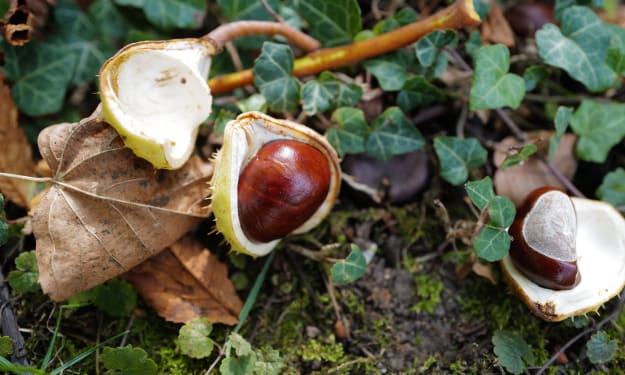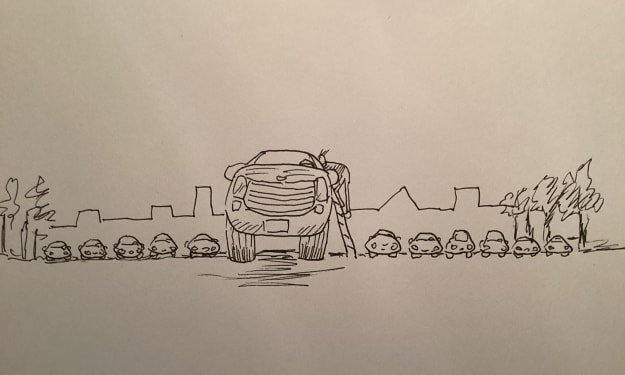An Introduction to Non Toxic Weed Treatment
Working With Nature

All weeds can be controlled without weedkillers, but persistent or deep rooted weeds may be very difficult to eradicate. Ongoing control is likely to be necessary.
Annual weeds (which only live for a year) and epehemeral weeds (which live for less than a year) are the easiest to control, as they are usually shallow rooted. However, they can scatter seed prolifically, so usually reappear and require further control.
Deep-rooted perennial weeds (which die down in the winter and re-grow each spring) will re-grow from their roots if the tops are removed or burned off. They can be difficult to dig out and may grow up through weed barriers in time.
When to control weeds:
Weeds can be controlled whenever they are troublesome, which is usually in the spring and summer months.
It is a good idea to put weed barriers in place in late winter or early spring, as they work better as a preventative than when an existing problem requires suppression.
How to control weeds without chemicals:
The RHS believes that avoiding pests, diseases and weeds by good practice in cultivation methods, cultivar selection, garden hygiene and encouraging or introducing natural enemies, should be the first line of control. If chemical controls are used, they should be used only in a minimal and highly targeted manner.
Manual removal and cutting back
Hoeing: Run a hoe over a bed or between rows to kill most weed seedlings. For maximum effectiveness, choose a dry day with a light wind, so that the seedlings will dry out on the surface of the bed rather than re-rooting into moist soil
Hand-pulling or hand-weeding with a fork: Pull up annual weeds by hand before they set seed. Perennial weeds should be dug out with as much root (or bulb) as possible, using a hand or border fork. Hand weeding is easiest on lighter soils and should only be attempted where it will not disturb the roots of garden plants. Further pulling may be necessary with persistent weeds such as bindweed or couch grass where small root sections left behind can re-grow into new plants
Weed knife and other weeding tools: A weed knife has a hooked end and is a useful tool for weeding between paving slabs and along path edging. Various other hooked, narrow-bladed or spiral-type tools are available for specific weeding jobs such as digging out dandelions on a lawn
Repeated cutting: In large weedy areas, repeated cutting to ground level over several years will weaken and even kill some weeds. This is usually done with a strimmer or sickle-type weeder
Flame gun: Scorch off weeds between paving slabs and on driveways by blasting them with a flame gun. Use only when the foliage is dry and allow sufficient burn-time for deep-rooted weeds, such as dandelions, to be killed
Weed barriers
Mulching: Use deep organic mulches such as bark or wood chip to smother weeds around plants. To be effective, keep them topped up to a minimum depth of 10-15cm (4-6in) to smother established annual weeds. Keep woody stems clear of mulch to prevent rotting
Edging boards or strips: These can be used to edge lawns and grass paths to prevent unwanted grass growth into the border. Especially useful where invasive rooted grasses such as couch grass are a problem
Root barriers: These can be inserted into the soil to stop the spread of perennial weeds such as ground elder and horsetail into neighbouring areas or gardens. They can also be used to restrict invasive plants such as bamboos, or suckering trees, shrubs and raspberries. A straight barrier can be formed from paving slabs or corrugated iron sheets, but for a flexible solution use a tough fabric root barrier
Weed-suppressant fabrics
Groundcover or landscaping fabrics can be laid over recently cleared soil to suppress re-growth of old weeds and prevent new weeds from establishing.
There are a number of different weed suppressant fabrics available, each with its own advantages and disadvantages.
Spun materials: These are usually made from plastic fibres bonded together to form a sheet. They can be used in most situations, both short and long term, but are best covered with a protective mulch of bark or gravel.
Advantages:
Lightweight and easy to cut
Don’t fray along cut edges
Very porous, allowing water to reach plant roots
Disadvantages:
Cheaper versions do not last long
They can ruck into folds where soil accumulates and weeds grow
Tougher versions, such as Plantex, are expensive
Woven materials: These are sheets of woven plastic strands for use as temporary cover, or for the long-term on beds, borders and paths.
Advantages:
Available in different grades, varying in toughness, weight and durability
Do not need covering with mulch, although mulch may improve their appearance
Disadvantages:
Heavier in weight than spun materials
Cut edges can fray
Plastic sheeting: Choose black sheeting to suppress weeds for short periods, or in areas of the garden where appearance doesn’t matter.
Advantages:
Cheap
Easy to cut with a knife or scissors
Disadvantages:
Impermeable to water, so the ground can dry out underneath, and rain will puddle on the surface
Pricking holes in the surface will allow water to penetrate, but can provide an opportunity for weeds to grow
Biodegradable mulch film: Compostable black plastic mulch made from corn starch.
Advantages: Biodegradable, this product naturally degrades in or on the soil or if composted, and is very effective against annual weeds. Heavier grades might be required to suppress perennial weeds
Disadvantages: Fragile, lightweight grades degrade in 2-4 months, easily damaged by wind, although heavier grades will be less prone to damage
Paper mulch and carboard: These are suitable for short term suppression of weeds.
Advantages: Biodegradable and made from renewable resources. Paper mulches are light and easy to apply. Reuse the cardboard from packaging to mulch paths and beds
Disadvantages: Paper mulches degrade quickly where they touch the soil so only suitable for quick spreading crops like pumpkins and courgettes. Cardboard needs to be weighted down with bark or compost to prevent it being blown away. Degrades so will need to be replaced frequently
Problems
Repeated control measures are likely to be necessary - this is not a one-off garden task.
Get in touch with Belgarden on 01962 458065 or email [email protected] for more information!
About the Creator
Jordan Catto
Late Twenties Lefty Gardener - Writing about the planet, plants and other stuff
Enjoyed the story? Support the Creator.
Subscribe for free to receive all their stories in your feed. You could also pledge your support or give them a one-off tip, letting them know you appreciate their work.






Comments
There are no comments for this story
Be the first to respond and start the conversation.